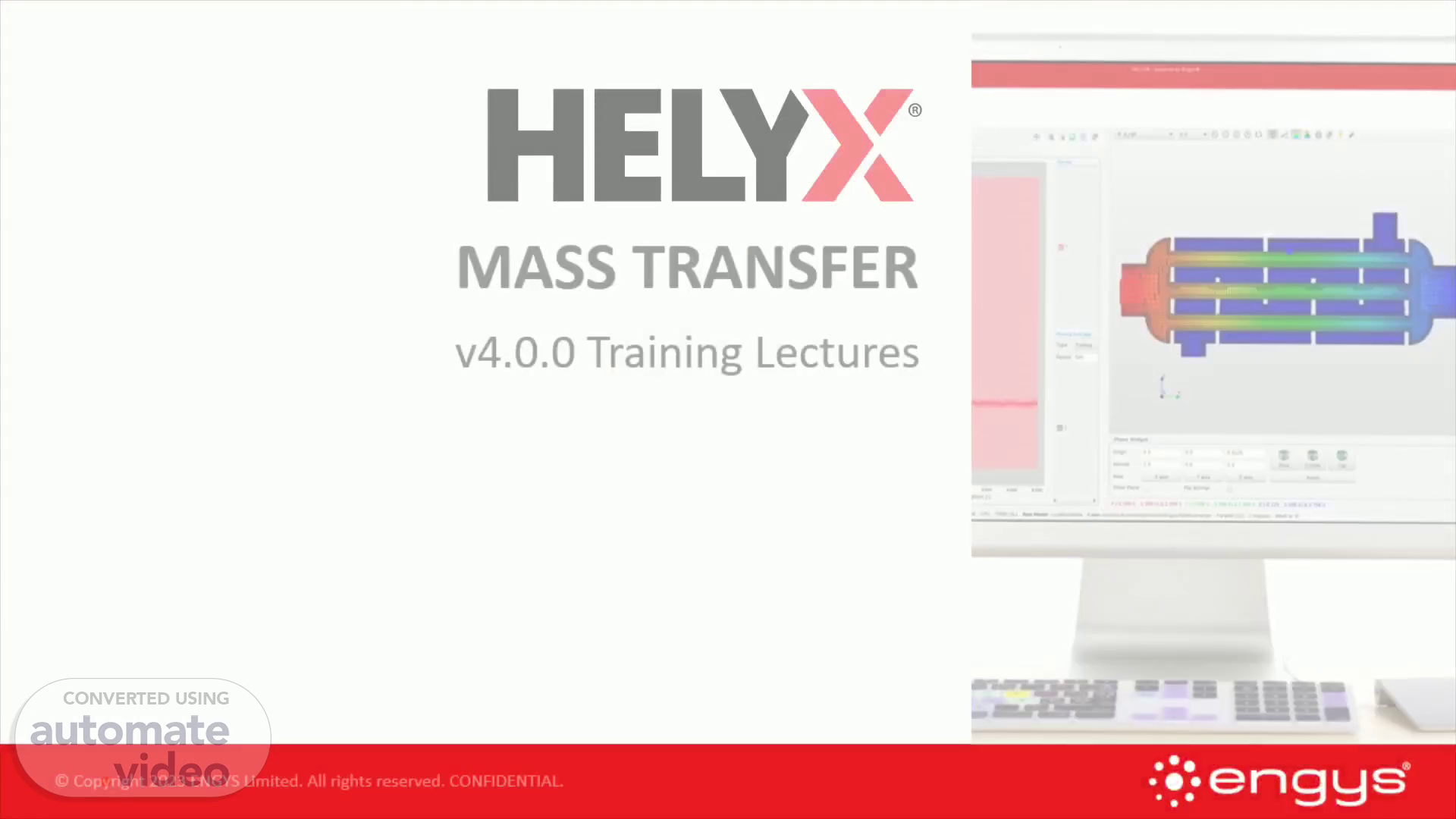Scene 1 (0s)
[Audio] Welcome, everybody. In this presentation, we will discuss mass transfer and provide an overview of how to set up this type of physics in our Graphical User Interface..
Scene 2 (12s)
[Audio] The topics of this presentation are divided: One, Overview two, Setup three, Solver.
Scene 3 (24s)
[Audio] Tracers play a crucial role in Computational Fluid Dynamics (CFD) applications, enabling us to track fluid flow and gain insights into its dynamics. Let's explore some key applications where tracers are utilized: Tracers are used to simulate the dispersion of pollutants emitted from industrial chimneys, for example. By releasing a tracer along with the pollutants, we can visualize and analyse how the pollutants disperse in the air, helping us understand potential environmental consequences..
Scene 4 (58s)
[Audio] Thirdly, tracers can be introduced to monitor the mixing of reactants. By tracking the tracer's behaviour, we can optimize the reactor's design and ensure efficient and uniform reactions. These examples demonstrate the versatility of tracers in CFD applications, enabling us to understand and optimize fluid flow in various real-world scenarios..
Scene 5 (1m 24s)
[Audio] The Mass transfer mechanism are: Diffusion, Natural and Forced convection In addition to modeling the continuity equation, momentum equations and Equation of State. It is required solving Concentration transport equation. The user can set mass transfer with different source definitions. For example, together with mass transfer phenomena, we could include porous media, multiple reference frame, passive and active humidity scalar transport..
